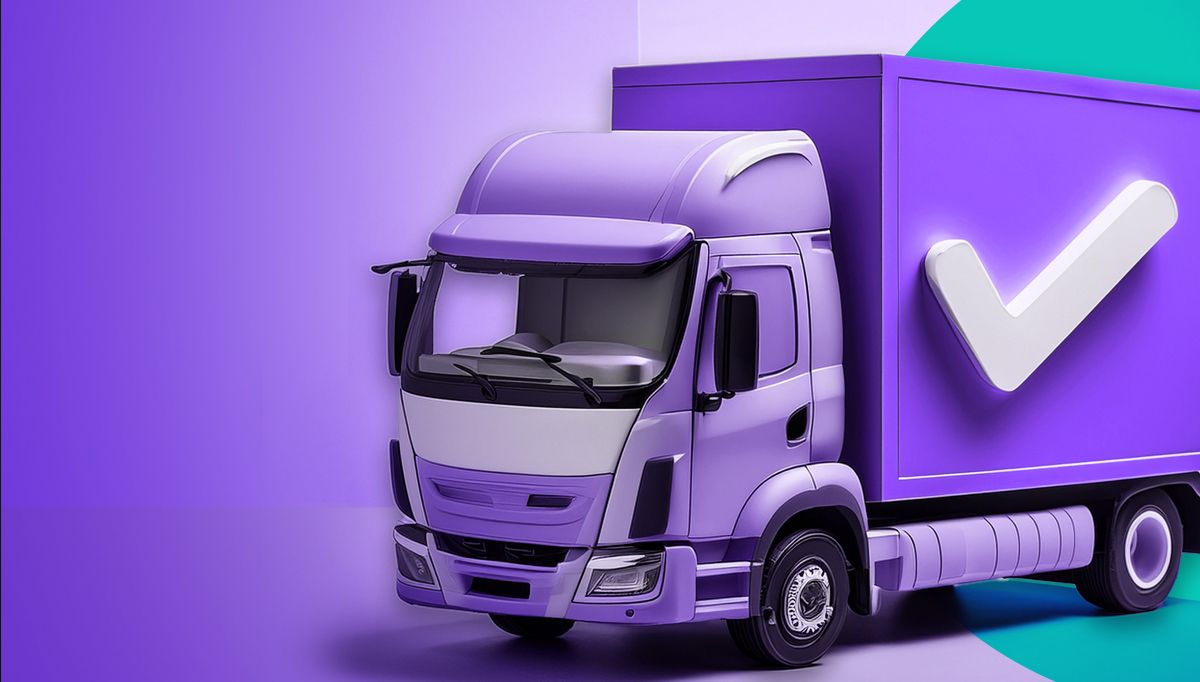
You have the data. Orders are flowing through your system, carriers are picking up packages, and customers are receiving their purchases. But can you confidently say that orders will arrive when promised?
For many retailers, the answer is no. That gap between what you know and what you need to know is costing you in service calls, returns, and lost loyalty.
The hidden costs of poor fulfillment visibility
When you can’t predict delivery accuracy, the consequences can be felt throughout every part of the business. Returns can spike when packages arrive late or customers lose faith in delivery promises. Customer service teams field endless “where is my order” calls. Shoppers turn to competitors with more reliability.
You likely have plenty of systems, but if they don’t talk to each other effectively that leaves blind spots throughout the order lifecycle. You might know when an order ships, but do you know if your supplier will meet their promised ship date? Can you identify which carrier will deliver fastest while keeping costs reasonable? When a shipment runs into delays, do you find out in time to take action? And as assortment expands through third-party (3P) partners and dropship, complexity rises and control falls if the data is not actionable.
These gaps create a cascade of problems that go far beyond individual late deliveries.
Core challenges that keep retailers struggling
These are the common hurdles we see most often and why they matter.
- Lack of visibility across the order lifecycle creates reactive instead of proactive fulfillment. Without end-to-end tracking, issues only surface when it’s already too late to fix them. A supplier ships late, a carrier experiences delays, or weather disrupts logistics, and the first sign of trouble is an angry customer email.
- Inefficient shipping method selection leaves money on the table with every order. Manual processes or basic rules engines can’t account for the dozens of variables that determine the best carrier choice: current capacity, weather patterns, delivery windows, cost structures, and performance history. That means overpaying for speed you don’t need or choosing cheap options that miss delivery windows
- Late deliveries erode trust over time. Every missed delivery date chips away at customer confidence. Even when 95% of orders arrive on time, that 5% failure rate can define your brand reputation. Customers remember the disappointments, not the successes.
- High returns due to missed delivery expectations create a vicious cycle. When customers can’t trust delivery dates, they over-order with the intention to return what they don’t need immediately. Or they lose patience with delayed orders and return items they might have kept if delivery had gone smoothly.
- Difficulty scaling without adding manual overhead becomes a bottleneck. As order volumes increase, the complexity of managing multiple suppliers, carriers, and delivery requirements multiplies. Traditional approaches require more staff, more systems, and more coordination, eating into the profits that growth should generate.
- Supplier missteps can undo good planning. Even if you pick the right promise and carrier, it falls apart when a supplier uses the wrong service or misses a step.
Proven results
The power of advanced delivery capabilities shows up clearly in business results. Retailers using advanced delivery platforms can experience 7-9% savings on shipment costs without requiring new integrations or system overhauls. The savings come from smarter carrier selection and better rate optimization, not from cutting service quality.
Performance improvements can be even more dramatic. One major retailer achieved 99% on-time delivery rates for express shipments during peak season, up from 95% the previous year. That four-percentage-point improvement translated directly into fewer customer service calls, lower return rates, and higher customer satisfaction scores.
Retailers that extend these practices to products fulfilled by third-party partners can achieve dramatic results, because optimization and automation replace blanket expediting and guesswork.
Making the most of AI in fulfillment
Modern platforms use artificial intelligence to make fulfillment decisions that would be impossible for human teams to manage manually. AI systems can process hundreds of variables simultaneously: carrier capacity, weather forecasts, historical performance data, cost structures, and delivery requirements. Used appropriately, this data can help make optimal shipping decisions in milliseconds.
This intelligence becomes especially valuable during peak seasons or unexpected disruptions. When weather shuts down major shipping hubs or demand surges beyond normal capacity, AI-powered platforms can instantly reroute orders, switch carriers, and adjust delivery promises to maintain performance levels.
Making the right platform choice
When you’re evaluating delivery platforms, look for specific capabilities that address core fulfillment challenges. Rithum’s services include:
- Delivery Promise technology uses machine learning models to provide customers with accurate delivery dates by analyzing warehouse processing times, inventory levels, and carrier transit times. This goes beyond static shipping estimates to offer dynamic promises based on current conditions.
- Shipping Optimization can reduce costs by an average of 10 – 20% through optimal carrier and warehouse selection that minimizes expenses while ensuring on-time delivery. Rather than relying on predetermined shipping rules, these systems continuously evaluate the best routing and carrier options for each individual order.
- Supplier Enablement and Compliance gives partners shared scorecards, clear SLAs, and precise packing and shipping instructions so they can self-correct and meet promises without adding headcount.
- End-to-End (E2E) Monitoring provides retailers with operational insights that help prevent late shipments, simplify order management, and expose new opportunities by monitoring every order from pick, pack, and ship through final delivery. This visibility allows proactive problem-solving, rather than reactive damage control.
Visibility and control in one place
Managing fulfillment within a closed system of owned goods shipping out of facilities you operate is fundamentally different than partnering with third parties to fulfill as a drop shipper or marketplace seller. Retailers need tools designed to anticipate the dynamic variables that factor into the experience their customers have with third-party fulfilled purchases. And even if you’ve invested in advanced solutions for shipping and analytics internally, you can’t be successful unless those tools are getting into the hands of the people who actually influence the customer order experience: your suppliers.
The better approach involves choosing a platform that directly engages your network of partners: a place where both stakeholders can work to manage shipping optimization, monitoring, supplier compliance, and reporting from one unified interface.
Retailers don’t need another system to manage. They need a platform that engages the third-party network to make fulfillment easier, faster, and more cost-efficient while providing visibility and control.
Your customers are already asking whether their orders will arrive when promised. The question is whether your platform can give you the answer even when that ships from a partner location. Learn how Rithum can help.
Jen Ulrich is a Client Executive at Rithum.
 Back to all
Back to all








